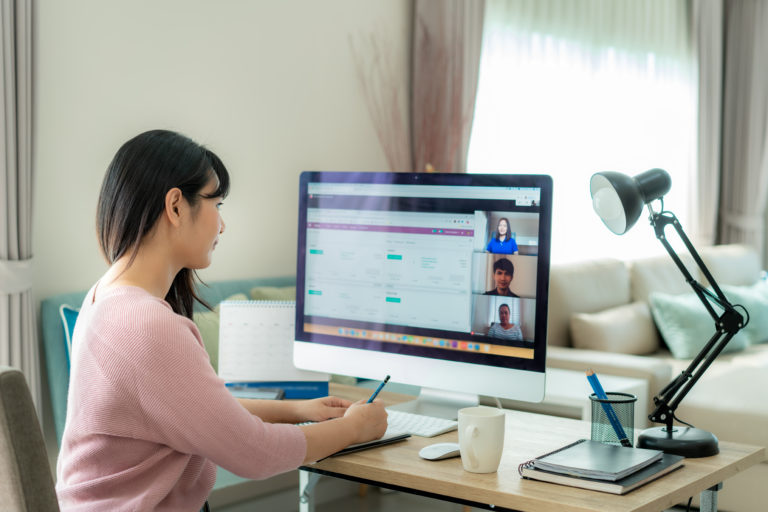
A s cities across the globe begin to ease their COVID-19 restrictions, this year’s transition back to the office could take place in stages — or not at all. Prior to the pandemic, data had already shown a steady increase of remote work employees — growing by 173% over the last 15 years, with nearly 5 million telecommuters in the U.S. alone.
By Andrew Milne, CRO at Field Effect
Research now shows nearly 40% of global companies expect work-from-home policies to be permanent. Supporting this data, a study last month shows 65% of UK workers believe remote working could become more common after COVID-19. In Canada, 66% of Canadians who shifted to remote work earlier this year, reported a high success rate.
While businesses and organizations consider their next steps, what impact will this have on your cybersecurity strategies?
Working Safely, Securely, and Remotely
Whether you are transitioning back to the office or working remotely long-term, cybersecurity best practices remain as important as ever — and it is equally critical that employees stay vigilant about new COVID-19 scams, and web and email threats.
You can also bet that cybercriminals are tracking these next steps. One look at this year’s cybercrime numbers, provides a good reminder.
Consider these recent risks, in just the first quarter of the year:
- Over 25,000 malicious COVID-19 websites were created on March 19 — a record for the first quarter.
- In March, phishing and counterfeit websites increased to 8,342 — from just 3,142 in January.
- More than 80% of remote work employees surveyed recently claimed awareness of COVID-19 phishing scams, yet 24% clicked on a link from an unknown sender before determining their legitimacy and only 12% reported the email.
- An estimated 36% of these employees are using one or more personal devices to access company files and 29% also share that device with other members of their household.
The reality is, as lockdown restrictions change, you should not change the attention placed on cybersecurity and remote work risks.
Secure your teams working from any location
As companies consider their transition options, ensuring employees can work from any location, productively and securely — without compromising the security of networks, devices, and users — remains a critical challenge.
That is why our team at Field Effect recently introduced Covalence for Remote Work.
Based on the technologies and capabilities of our flagship Covalence threat detection and monitoring platform, Covalence for Remote Work provides a complete solution in one platform for monitoring and detecting cyberthreats to email and cloud services, devices that support remote work, vulnerabilities in cloud networks, and more.
Here is a quick look:
- Personalized cloud security monitoring: Gain the insights to detect malicious or suspicious activity to your endpoint devices, email, and cloud services. Covalence uses data, logs, and APIs from your cloud service providers to monitor and identify threats to your services, administrative components, user accounts, and more.
- Advanced monitoring and analytics: Benefit from machine learning and cloud analytic capabilities that provide continuous analysis of user and service data to identify threats. The result is real-time visibility to detect, monitor, measure, manage, and reduce attackable points.
- Simple, affordable, powerful: Priced affordably, Covalence integrates easily with all existing systems. Set it up in just a few clicks and it does the heavy lifting to protect you as quickly as possible.
Visibility to the threats and risks facing your remote, distributed workforce will help businesses and organizations build safe IT environments for any stage of the pandemic, as well as into the future.
